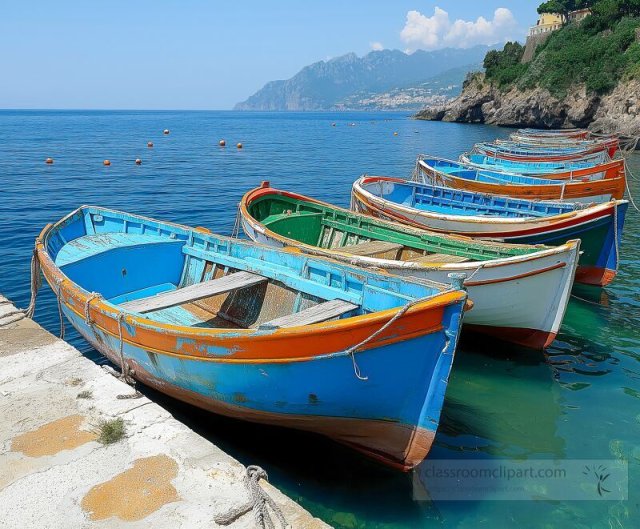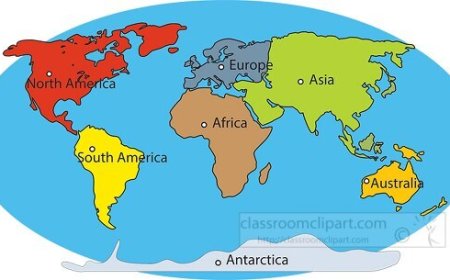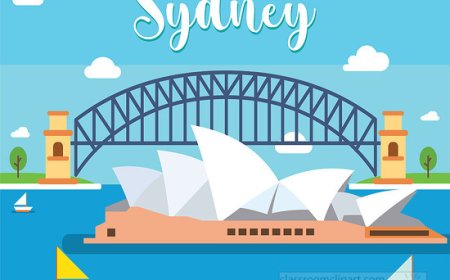Europe Facts for Kids – Geography, History & Cultures Across the Continent
Explore Europe for kids. Discover the continent’s countries, landmarks, cultures, history, and unique traditions—learn what makes Europe so diverse and fascinating!

🗺 Introduction
Europe may be the second-smallest continent, but it has played a huge role in world history. With over 740 million people and nearly 50 countries, Europe is packed with diverse cultures, languages, and ideas. It’s home to castles, mountains, museums, and some of the world’s most famous cities like Paris, Rome, and London.
From ancient civilizations to modern science and music, Europe has influenced the world in big ways. In this article, you’ll learn about Europe’s geography, people, cultures, landmarks, and why this continent continues to be so important today.
🌍 Geography of Europe
Europe is located entirely in the Northern Hemisphere and mostly in the Eastern Hemisphere. It’s bordered by the Atlantic Ocean to the west, the Arctic Ocean to the north, and the Mediterranean Sea to the south. Although Europe and Asia share one huge landmass called Eurasia, geographers separate them by the Ural Mountains, the Ural River, and the Caspian Sea.
Europe is a land of contrasts. You’ll find towering mountains like the Alps, rolling plains, and deep forests. Famous rivers such as the Danube, Rhine, and Thames run through many European countries, helping connect people and trade.
Because Europe stretches across so many latitudes, it has different climates—from the icy north in places like Norway and Finland to sunny beaches in Greece and Spain.
🗺 Countries and Regions
Europe has nearly 50 countries, each with its own language, culture, and traditions. Some of the largest countries by area and population include:
- Russia (partly in Asia, but often considered in Europe for cultural reasons)
- Germany
- France
- United Kingdom
- Italy
- Spain
- Poland
Europe is often grouped into regions:
- Northern Europe – Includes countries like the UK, Sweden, and Iceland
- Western Europe – Includes France, Germany, and the Netherlands
- Southern Europe – Known for warm weather and ancient history (Italy, Spain, Greece)
- Eastern Europe – Includes countries like Poland, Romania, and Hungary
- Central Europe – Includes countries like Austria, Switzerland, and Czechia
👨👩👧👦 People and Cultures
Europe is home to hundreds of ethnic groups and more than 200 languages. Many people speak multiple languages, especially in countries where neighbors live close together. While English is widely spoken, other major languages include French, German, Spanish, Italian, Russian, and many others.
Europe has long been a center of art, music, and science. Great artists like Leonardo da Vinci, musicians like Beethoven, and writers like Shakespeare were all European. Today, Europe remains a leader in fashion, technology, architecture, and food.
Religious diversity is also part of European culture. The continent is mostly Christian, but you’ll also find Muslim, Jewish, Hindu, and secular communities throughout.
🏛 Landmarks and Historic Places
Europe is filled with historic buildings, monuments, and natural wonders. Some of the most famous places include:
- 🗼 The Eiffel Tower in Paris, France – A symbol of modern Europe
- 🏛 The Colosseum in Rome, Italy – An ancient arena from Roman times
- 🏰 Neuschwanstein Castle in Germany – A fairytale castle that inspired Disney
- ⛪ Sagrada Familia in Spain – A colorful, unfinished cathedral in Barcelona
- 🌉 Tower Bridge in London, England – A historic bridge over the River Thames
- 🏔 The Alps – Snowy mountain ranges popular for skiing and hiking
Europe is also home to UNESCO World Heritage Sites, protected for their beauty or historical value. These include ancient towns, cathedrals, palaces, and natural parks.
🧠 History of Europe
Europe has shaped much of the modern world. The ancient Greeks gave us democracy and philosophy. The Roman Empire built roads, cities, and government systems still studied today. During the Middle Ages, Europe had kings, knights, and castles.
The Renaissance (around the 1400s–1600s) brought a new focus on art and science. In the 1700s and 1800s, the Industrial Revolution started in Europe, changing how people lived and worked. Sadly, Europe was also the center of two world wars in the 20th century, which caused great destruction but also led to major changes.
Today, many European countries work together through the European Union (EU), a group that supports trade, travel, and peace among its members.
🌍 Why Europe Matters
Europe may be small in size, but it has a big impact:
- It’s home to some of the world's most visited cities and museums.
- European inventions—from cars to computers—changed the world.
- Many famous sports like soccer (football) are hugely popular here.
- Europe plays a key role in world politics, science, and environmental efforts.
Europe also serves as a bridge between different parts of the world through its long history of exploration, trade, and culture.
📚 Vocabulary List
| Word | Definition |
|---|---|
| Continent | A large landmass on Earth |
| Peninsula | A piece of land mostly surrounded by water |
| Renaissance | A time of renewed interest in art, science, and learning in Europe |
| Democracy | A form of government where people have power |
| Cathedral | A large, important Christian church |
| Empire | A group of countries or regions ruled by one leader or government |
| Ethnic group | People who share a common culture or background |
| Union | A group of countries or people joined together for a purpose |
✨ Fun Facts About Europe
- Russia is the largest country in the world and spans both Europe and Asia.
- The Vatican City in Rome is the smallest country on Earth.
- Europe invented the Olympic Games, first held in Ancient Greece.
- You can drive through multiple countries in one day—they're that close together!
- The Euro (€) is the shared money used in many European Union countries.
👧🧒 Kid-Friendly Summary
Europe is a small continent with a big story! It's where you'll find ancient castles, famous cities, and people who speak lots of different languages. From delicious foods to exciting sports and amazing art, Europe has something for everyone to enjoy. It's also a place where old and new come together—from Roman ruins to modern trains. Europe is a great place to learn about the past and imagine the future!
🧠 Interactive Quiz: How Well Do You Know Europe?
1. What mountain range is shared by countries like France, Switzerland, and Austria?
A) Andes
B) Himalayas
C) Alps
D) Rockies
2. What is the name of the famous tower in Paris, France?
A) Tower of London
B) Eiffel Tower
C) Pisa Tower
D) Freedom Tower
3. Which ancient civilization gave us democracy and philosophy?
A) Romans
B) Vikings
C) Greeks
D) Celts
4. What is the smallest country in the world, located in Europe?
A) Luxembourg
B) Vatican City
C) Monaco
D) Andorra
5. Which river flows through many countries in Europe, including Germany and Austria?
A) Nile
B) Amazon
C) Danube
D) Mississippi



















































